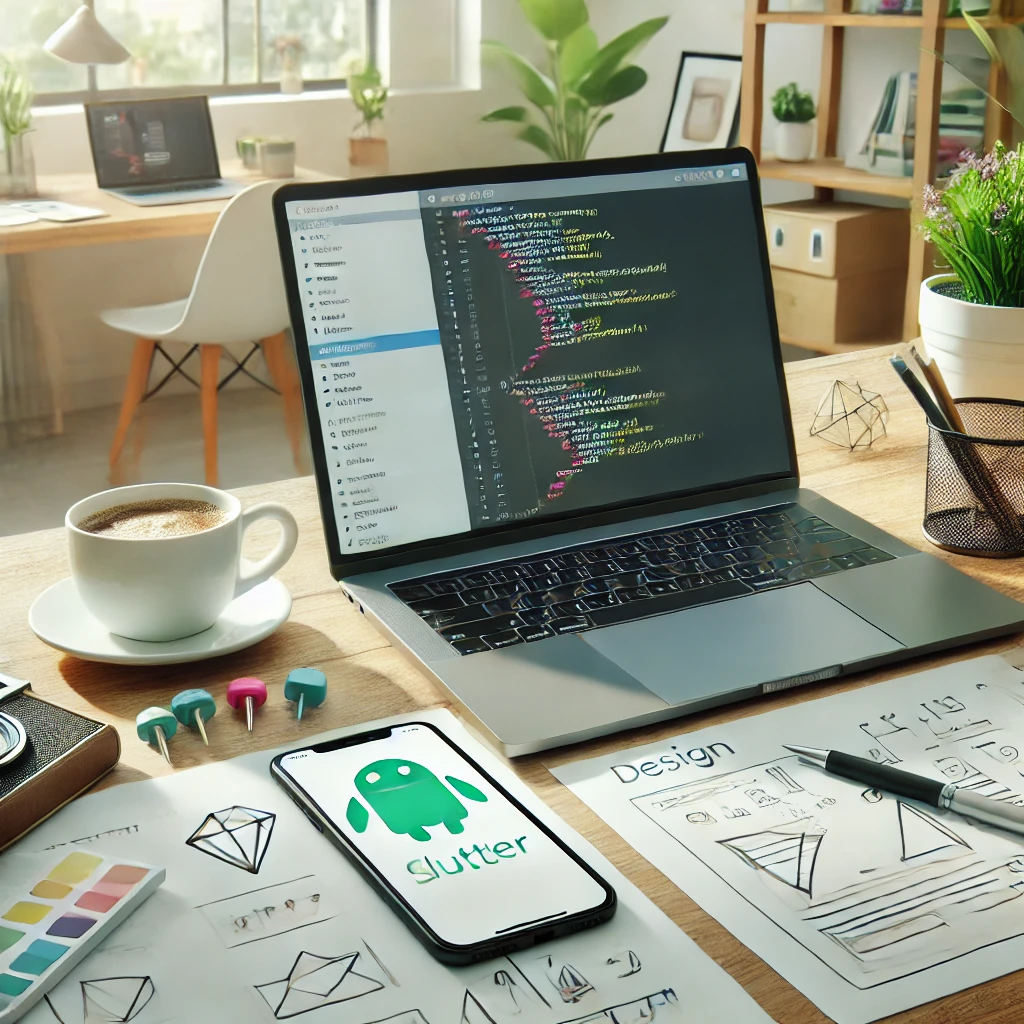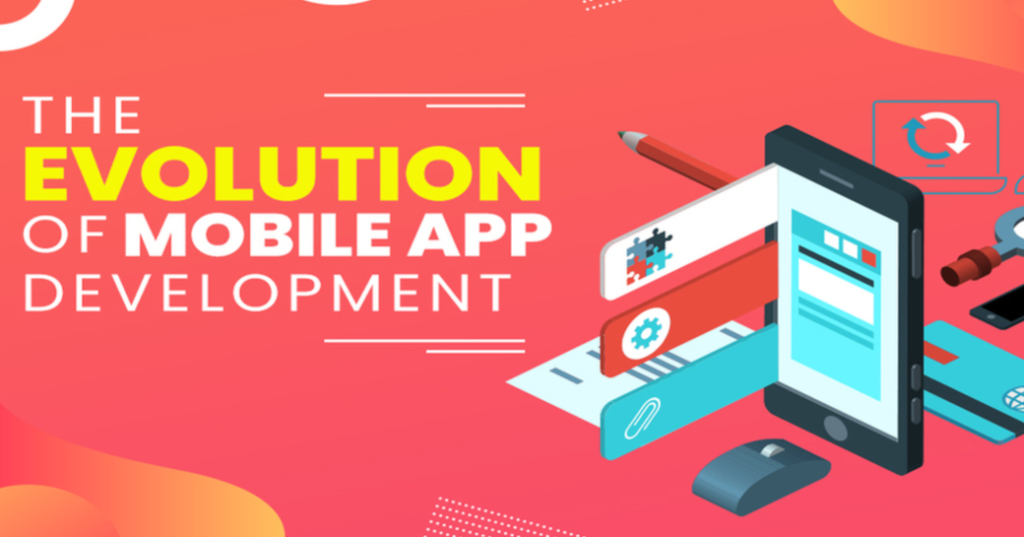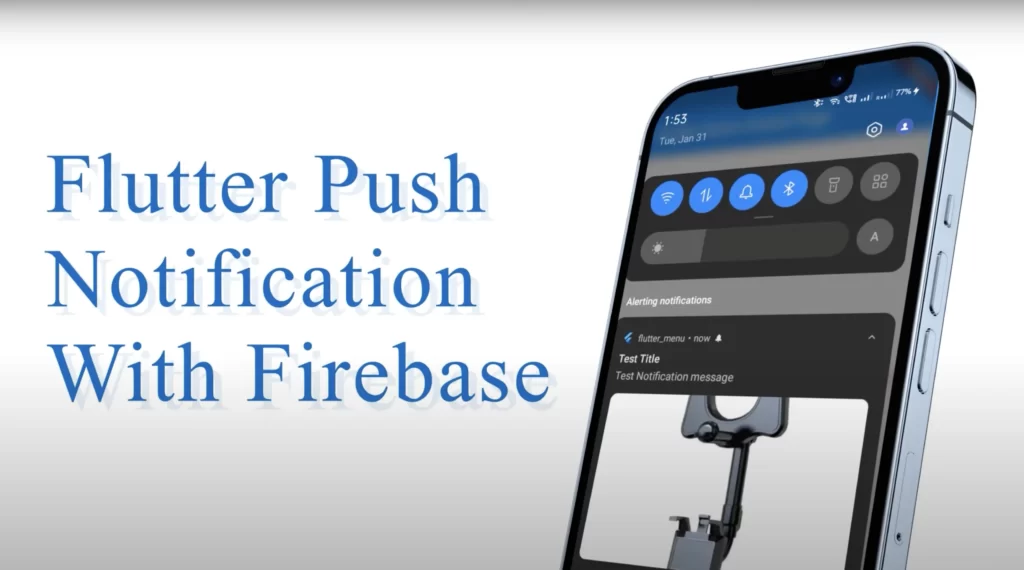Developing a Mobile App Using Flutter
In today’s fast-paced digital world, mobile applications have become an essential part of everyday life. Businesses, startups, and developers seek efficient ways to build high-quality apps that work seamlessly across multiple platforms. One of the most powerful and widely used frameworks for mobile app development is Flutter. In this blog, we will explore the development process of a mobile app using Flutter, its advantages, and best practices.
What is Flutter?
Flutter is an open-source UI software development kit (SDK) created by Google. It allows developers to build natively compiled applications for mobile (Android & iOS), web, and desktop from a single codebase. Flutter uses the Dart programming language and provides a rich set of pre-designed widgets to create visually appealing and responsive apps.
Why Choose Flutter for Mobile App Development?
- Single Codebase: Write once, run anywhere—Flutter enables developers to use a single codebase for both Android and iOS platforms, reducing development time and costs.
- Hot Reload: Flutter’s hot reload feature allows developers to see changes in real time, making debugging and UI design modifications faster and more efficient.
- Rich Widgets: Flutter offers a vast library of customizable widgets that ensure a native-like experience on both platforms.
- High Performance: Flutter apps are compiled directly into native code, resulting in better performance compared to hybrid frameworks that rely on web views.
- Community and Support: Backed by Google and a large developer community, Flutter has extensive documentation, plugins, and third-party integrations.
Steps to Develop a Mobile App Using Flutter
1. Install Flutter and Set Up Environment
To start developing with Flutter, install Flutter SDK from the official website (flutter.dev) and set up your development environment.
- Install Flutter SDK and add it to the system path.
- Install Android Studio or Visual Studio Code as an IDE.
- Set up an emulator or connect a physical device for testing.
2. Create a New Flutter Project
Run the following command in the terminal:
flutter create my_app
Navigate into the project directory:
cd my_app
Open the project in your preferred IDE.
3. Build the User Interface (UI)
Flutter uses widgets to build UIs. You can create UI components using pre-existing widgets like Container, Row, Column, Text, Image, etc. Here is a simple example of a Flutter UI:
import 'package:flutter/material.dart';
void main() {
runApp(MyApp());
}
class MyApp extends StatelessWidget {
@override
Widget build(BuildContext context) {
return MaterialApp(
home: Scaffold(
appBar: AppBar(title: Text('My Flutter App')),
body: Center(
child: Text('Hello, Flutter!'),
),
),
);
}
}
4. Implement Business Logic
Flutter allows the separation of UI and business logic using the Provider package, Bloc pattern, or Riverpod. This ensures better maintainability and scalability.
5. Add Functionality and Integrations
- Navigation: Use
Navigator.pushandNavigator.popfor page transitions. - State Management: Use Provider, Bloc, or Riverpod for managing state efficiently.
- Database & APIs: Integrate Firebase, SQLite, or REST APIs for data storage and retrieval.
- Third-Party Plugins: Utilize plugins for additional functionalities like push notifications, payments, and geolocation.
6. Test the Application
Testing is crucial to ensure app reliability.
- Unit Testing: Test individual functions and classes.
- Widget Testing: Test UI components.
- Integration Testing: Test the complete app workflow. Use the
flutter testcommand to run tests.
7. Deploy the App
Once development and testing are complete, deploy the app:
- Build APK for Android:
flutter build apk - Build IPA for iOS (requires macOS and Xcode):
flutter build ios - Publish to App Stores: Submit the app to Google Play Store and Apple App Store following their guidelines.
Best Practices for Flutter App Development
- Follow a modular approach by breaking the app into small, reusable components.
- Use efficient state management to enhance performance.
- Optimize images and assets to reduce app size.
- Regularly update dependencies and Flutter SDK to stay up-to-date with new features.
- Write clean, readable, and well-documented code.
Conclusion
Flutter is a robust and versatile framework that simplifies mobile app development while ensuring a high-quality user experience. Its single codebase approach, fast development cycle, and strong community support make it an excellent choice for developers and businesses. Whether you are a beginner or an experienced developer, Flutter provides the tools and flexibility to create stunning and efficient mobile applications. Start building your next mobile app with Flutter today!



